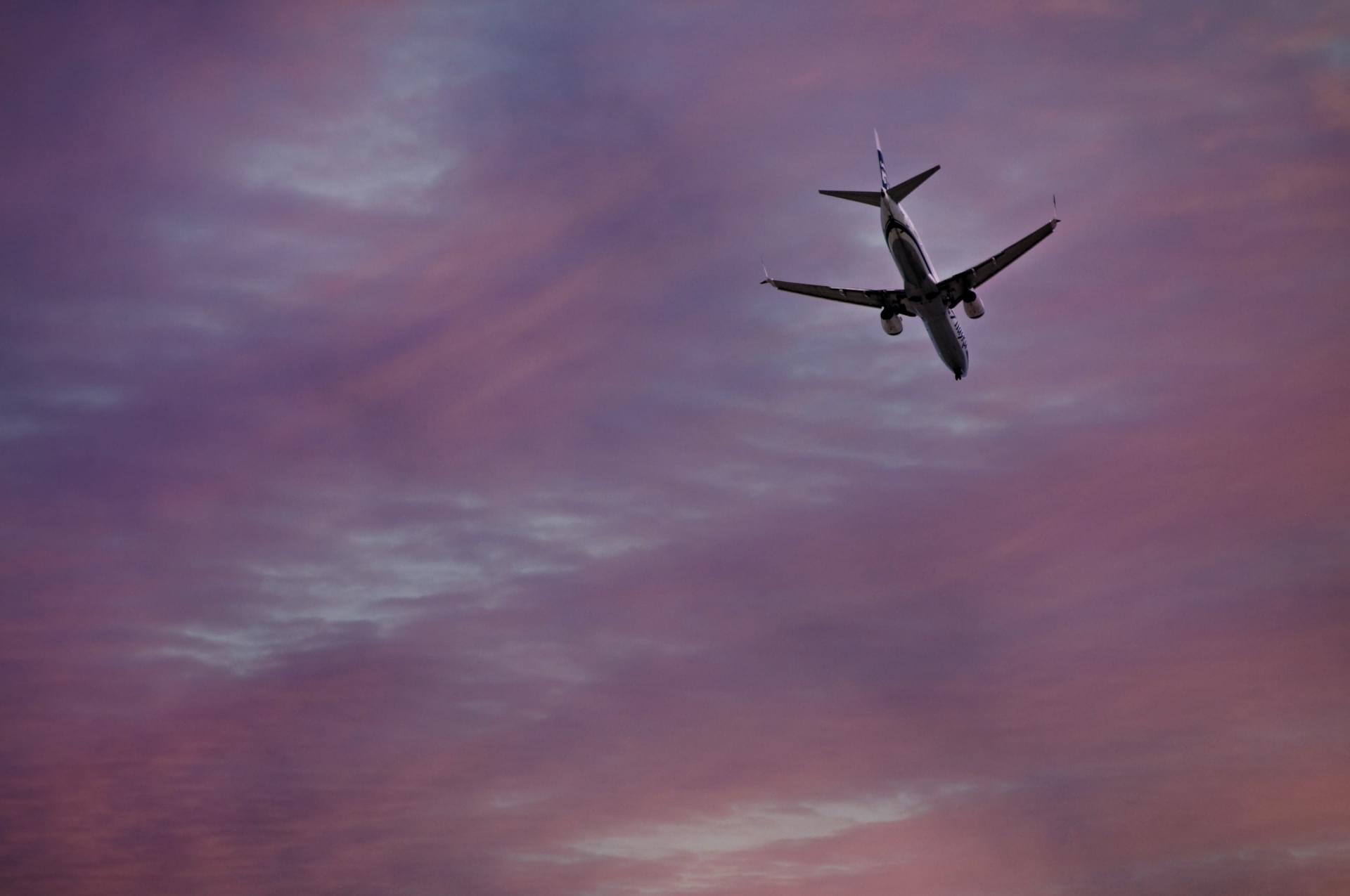How environmentally friendly is sport? That is a question which I feel doesn’t get asked enough, if even at all. Obviously, it isn’t an easy question to answer, as what can constitute sport varies from the Olympics to the Community Games 100m race. While everything someone does has an environmental impact, I won’t be doing an in depth report on how environmentally unfriendly sport is. However, the main cause of concern in international, high level sport is the same, travel by air. Air travel accounts for around 2.5% of global emissions each year, which is a lot considering that a vast, overwhelming majority of people in the world won’t ever set foot in a plane. The International Council on Clean Transportation, a US based NGO, estimates that only 3% of people fly regularly. Even more worrying, passenger numbers are increasing by 6% each year.
Travel
The major source of sport-related emissions is travel. Domestic competitions normally involve a bus for the away to and from the venue, but there has been times when flying between matches was seen as the more desirable option; normally done to reduce the cost of staying overnight as demonstrated by the Meath ladies footballers flying to Kerry Airport the morning before they played Kerry in a league match a few weeks ago. This hour long flight is roughly worth 80kg of carbon dioxide per person! Compare that to the 10kg of CO2 per person that the equivalent coach journey would have produced.
However, not all journeys are doable by coach, so New York’s annual Connacht championship match will still have to be fulfilled using an aeroplane. So will the numerous away matches of the Irish provinces in the URC and the Champion’s Cup.
As well as various European destinations, European teams now travel to South Africa, due to the inclusion of two South African clubs in 2017, who were then replaced by the current 4 team cohort in 2020. This, in environmental terms, has not been a good decision. For example, South Africa’s Vodacom Bulls will have made three trips from Pretoria to Europe by the end of the current season, with 8 other teams, including Ulster, Leinster and Munster, coming to visit them in South Africa. These trips, coming in just under 10,000 km, each will have added over 1.5 tons of Carbon Dioxide per person!
Surely, the way forward should be a simple one: reduce distances between teams in each league. While I don’t have time here to discuss the ins and outs of the state of South African domestic rugby, an environmentally conscious decision wouldn’t have seen the addition of their teams in the European based URC. But, everything I have looked at doesn’t include journeys made by supporters and other attendants at events.
Bicycle Finals
Domestically, the rise in the cost of driving seems to be reducing emissions caused by supporters travelling to matches. Train tickets to Dublin for last year’s All Ireland Finals were as hard to get as All Ireland Final tickets themselves. CIÉ officials announced that they had unprecedented demand for transport to and from Dublin, mainly due to the rise in the cost of petrol and diesel, which were hovering around the 190 mark last July. Anecdotally, as I saw from around my home county of Kerry, people were desperate for a spin to Croker for the football final against Galway.
This desperation made me think of the famous Munster hurling “bicycle final” of the 1944 in which, after 5 years of emergency rationing, all trains were powered by turf and there was tight restrictions on who could use private cars. The masses, in order to get to that years Munster hurling final in Thurles, relied on their high nelly bikes. According to some people, over 10,000 people arrived to Thurles by bike, with people coming from as far away as Dublin, 90 or so miles away.
While very few of us would consider such a journey by bicycle now, improved cycling infrastructure in our towns and cities would provide new options for match-day travel to fans living within 10 kilometres of a stadium. Improvements in rail infrastructure in conjunction would also help with travel further afield.






